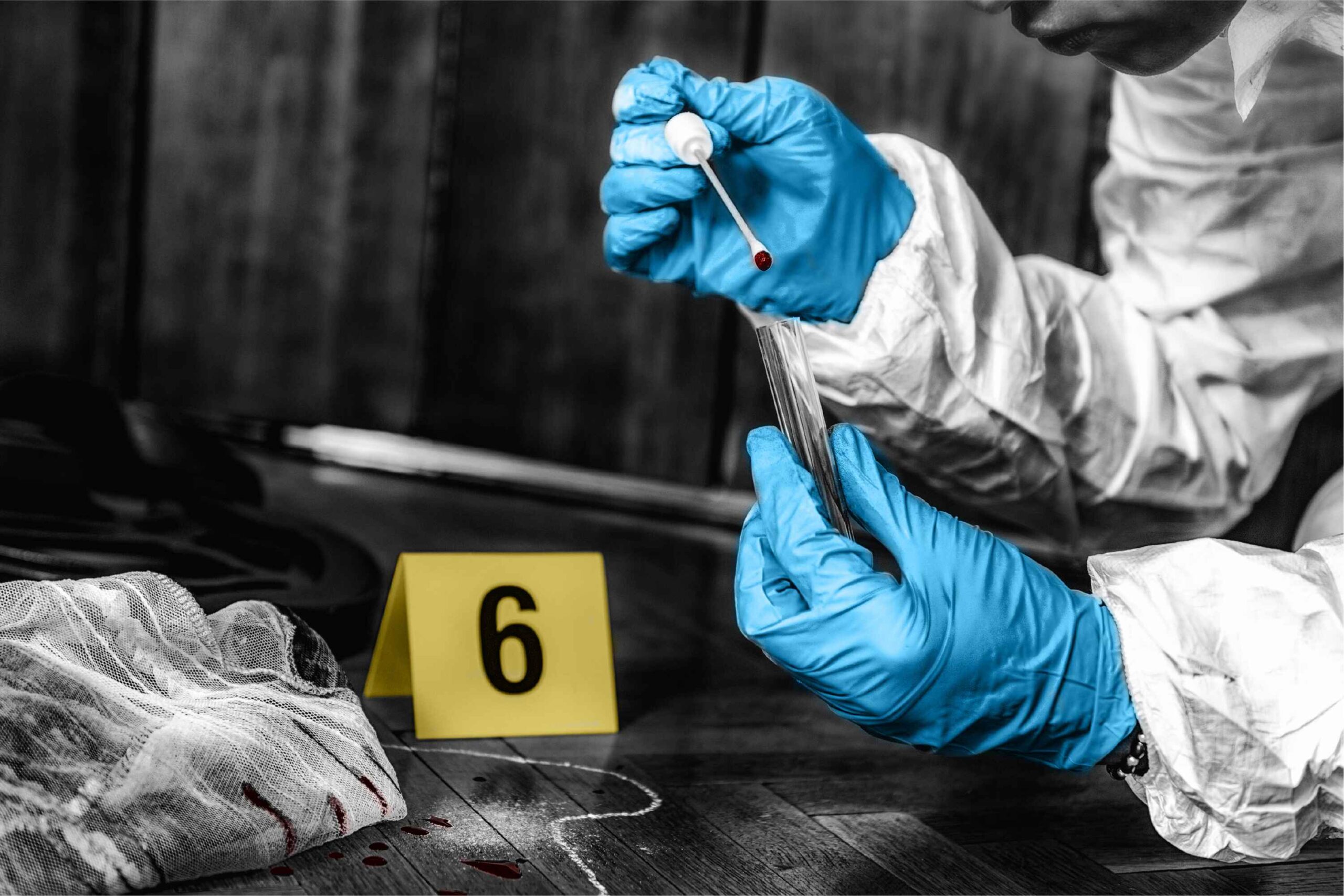🏆Prize pool – 50k
A glider competition tests participants’ skills in designing and launching unpowered aircraft, focusing on achieving the longest flight distance, time, or precision in landing. These lightweight gliders rely solely on aerodynamic design and initial launch force for flight. Materials such as balsa wood, foam, or composite materials are often used to construct the glider, ensuring optimal weight and stability.
Reward and prizes🚀
Winner – 25K
Runner up – 15k
Second Runner Up – 10k
1. Introduction
Welcome to the Rubber Band Glider Competition & Workshop, an exciting fusion of creativity, engineering, and aerodynamics! Participants will design, build, and launch gliders powered by rubber bands. The event aims to foster innovation, teamwork, and technical skills while adhering to safety and fair play.
2. Competition Rules
Objective – Design a rubber band-powered glider to achieve:
- Maximum flight distance (meters)
- Longest airborne time (seconds)
Innovative Design Award: Judged on creativity and engineering.
Team Composition: Teams of 2–4 members.
Glider Specifications:
- Allowed Materials: Balsa wood, paper, plastic, rubber bands, glue, thread.
- Prohibited: Pre-made kits, metal parts, electronics, toxic materials.
- Size Limits: Wingspan ≤ 50 cm, Length ≤ 70 cm.
Launch Rules:
- Rubber bands must be wound manually (no tools).
3 attempts per team; best score counted. - Launch within a 2m x 2m zone.
- Time Limit: 2 minutes per attempt.
Scoring Criteria:
- Distance: Measured from launch point to landing spot (meters).
- Flight Time: Recorded via stopwatch (seconds).
- Best Performance: 50% distance + 50% time.
Penalties:
- Disqualification: Use of banned materials or post-inspection modifications.
- 10% score deduction: Launching outside the zone or interfering with others.
3. Workshop Structure
Sessions:
- Aerodynamics Basics (30 mins): Principles of lift, drag, and stability.
- Design & Prototyping (45 mins): Wing shapes, weight distribution, rubber band mechanics.
- Hands-On Building (90 mins): Construct gliders with provided materials.
- Testing & Troubleshooting (30 mins): Refine designs based on trial flights.
Materials Provided:
Balsa wood sheets, rubber bands, craft paper, glue, scissors, rulers.
Schedule:
Day 1: Workshop.
Day 2: Competition.
4. Safety & Conduct:
- Safety: No sharp tools or hazardous materials. Supervisors will monitor builds.
- Code of Conduct:
- Respect peers, judges, and equipment.
- Sabotage or misconduct leads to disqualification.
- Alcohol/drugs strictly prohibited.
5. Judging Panel:
- Faculty from Aerospace/Mechanical Engineering.
- External experts (if applicable).
- Decisions are final and binding.
6. Disclaimer
- Rules may change with prior notice.
- Registration fee is non-refundable unless the event is canceled. The university is not liable for injuries/damage to property.
CONTACT INFORMATION:
Rudraksh Jha: 8103407242




